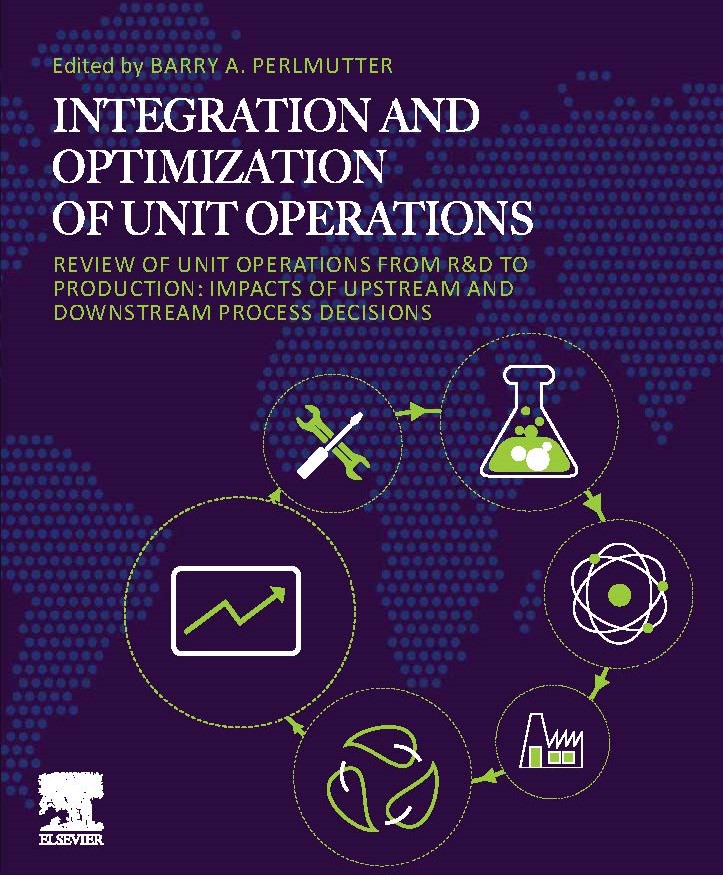
Over my career of 40 years in the process industry and unit operations, writing has always been a passion for me. It represents an opportunity to convey concepts, ideas, and technical information in a manner that makes sense to the audience. My technical and marketing application articles — more than 150 to date — culminated in 2015 with the publication of my first book for Elsevier, Handbook of Solid-Liquid Filtration.
On the strength of the Handbook’s market acceptance, Elsevier asked me to propose a second book. I am now pleased to announce the just-published book, which I edited, Integration and Optimization of Unit Process Operations.
First, this book is not another textbook for designing equipment and technology. There are already many references, university courses, etc., for this work and teaching the “nuts and bolts” of pumps, heat exchangers, distillation towers, thermodynamics, etc.
This book takes a different approach to share up-to-date and practical information on chemical unit operations from the R & D stage to scale-up and demonstration to commercialization and optimization. At each stage, the information presented differs as the technology and issues faced at the lab scale change in commercialization and optimization. This book takes a broader view and encourages an integrated and holistic approach to chemical engineering.
Global experts offer integrated and holistic view
A global collection of industry experts, with a combined 350 years of experience, systematically discuss all innovation stages, complex processes with different unit operations, including solids processing and recycle flows, and the importance of integrated process validation. Each chapter discusses a specific step in a chemical process with design questions, troubleshooting ideas, etc.
The organization of the chapters follows that of a chemical operating company no matter the size of the operation. It begins with crystallization and fermentation. Then, there are discussions of the process equipment followed by automation, mixing and blending, process modelling and safety and commissioning. We then discuss optimization, project management, techno-economic analysis and “putting it all together.” The book concludes with a chapter on decommissioning which is important, as processes change, products change, and the market itself changes.
The book addresses the needs of engineers who want to increase their skill levels in various disciplines so that they can develop, commercialize, and optimize processes. It is a useful resource for collaborating and developing creative solutions.
I hope that the information from the experiences of the contributing authors will help you to succeed in your careers and personal growth. Let me know how P&ID can assist you.

